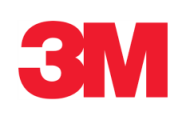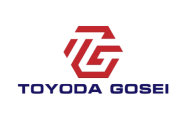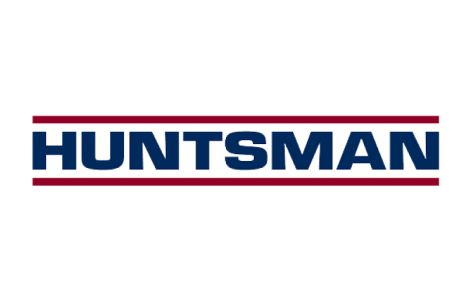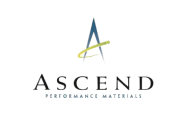Aircraft Engine Seals Market Worth US$ 391.9 Million in 2023
Aircraft engines have immensely evolved throughout the journey of the aircraft industry as they play the most pivotal role in an aircraft. Most of the innovations happening in aircraft engines are primarily targeting three areas: more power, more durability, and more efficiency. Almost all the engine systems and their components have a disruptive journey with significant changes in design, technology, and materials. Aircraft engine seals are also not untouched with such market dynamics and have experienced a significant change in design and material over the period.
For instance, the development of high-thrust engines favors those engine seals that can withstand harsh environmental conditions. Furthermore, the use of extremely stable oils and lubricants in engines demand engine seals that do not degrade or deteriorate themselves and also protect related components in such hostile circumstances. Also, engine seals must be quite stable and efficient to sustain in newer engine environment and cope with existing as well as upcoming challenges.
Similarly, rising greenhouse gas emissions are also imprinting a radical impact on aircraft engines as well as seals used in aircraft engines. The airline industry currently accounts for about 2% of the global greenhouse gas emissions. Rising greenhouse gas emissions are corresponding enormous pressure to airframers and engine manufacturers for developing advanced engines with enhanced fuel efficiency and reduced carbon emissions. Also, the industry is heavily working for the usage of biofuels as an alternative fuel. Airlines are showing a sheer interest and are ready to invest in such technologies in order to gain sustainability advantage by minimizing the consumption of fossil fuels and contributing towards decarbonization. Engine seals are prone to be compatible with such sustainable aviation fuel options and require advancement in sealing materials.
The global aircraft engine seals market is projected to grow at a healthy growth over the next five years to reach US$ 391.9 million in 2023. The engine is the most dominant application area of seals in an aircraft and accounts for more than 35% of the total aircraft seals market. Increasing production rates of key aircraft programs, such as B737, B787, A320, and A350XWB; increasing demand for lightweight aircraft engine seals; growing need for reducing engine maintenance requirements, an increased demand for improving fuel efficiency; and rising global aircraft fleet size are the major factors that are burgeoning the demand for seals in the aircraft engine market.










































